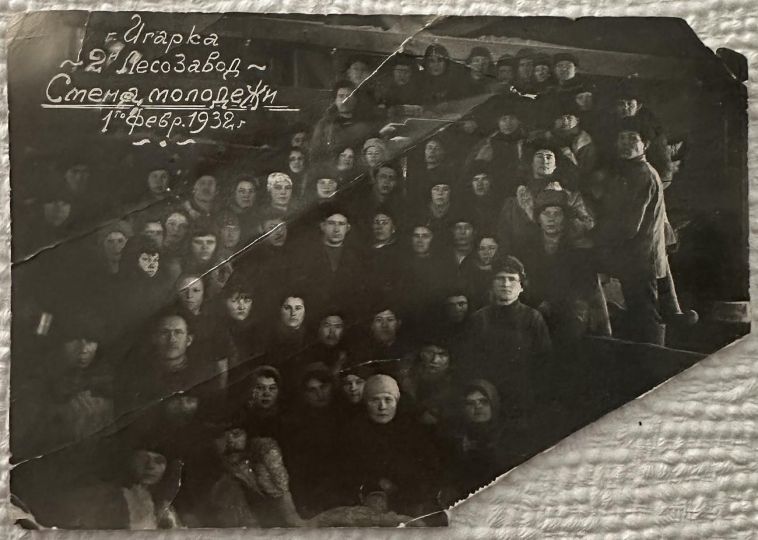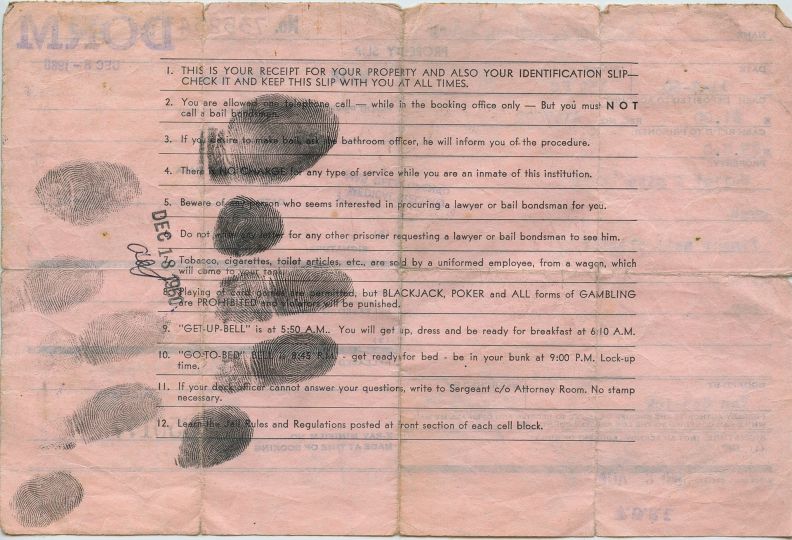This essay examines the role that photo-based imagery played in the immediate aftermath of Liberation by means of The Nuremberg Trials.
The Allies and Soviets were confronted with what to do with the 8.5 million members of National Socialist German Workers’ Party and their millions of collaborators who participated in robbing, torturing, and murdering two out of every three European Jews, wiping out entire centuries-old communities. The Nazis killed so many Jews that the global Jewish population is still demographically lower today than it was in 1939.
To address the issue of justice, international, domestic, and military courts conducted trials of tens of thousands of accused war criminals. The most well-known of the war crimes trials is that of 22 leading German officials before the International Military Tribunal (IMT) in Nuremberg Germany (1945-1946).
Chief Nuremburg prosecutor, Justice Robert H. Jackson, has been tragically prophetic when he wrote that the Nuremberg defendants were “living symbols of racial hatred, terrorism, and violence, and of the arrogance and cruelty of power.” These continue to be the consistent tribulations that we confront today. As Russian dictator Vladimir Putin’s invasion of the Ukraine makes abundantly clear, the world has not changed as much as those who conducted the Nuremberg trials would have hoped.
Owing to the enormous scope of people affected by the German atrocities and genocide, select examples embody the infinite.
To learn and see more visit the VASA Journal on Images and Culture: https://vjic.org/vjic2/?page_id=7528
To view the previous essays visit the VASA Table of Contents at: https://vjic.org/vjic2/?page_id=6312
This series of VASA essays has been expanded into an CEPA Gallery (www.cepagallery.org) curatorial project, Photography and the Holocaust: Then & Now, that will run from January – May 2024. It will feature over 20 contemporary international artists whose practice incorporates new and reimagined works that grapple with the Holocaust and its enduring impact today. CEPA’s goal is to help bridge the growing divides that threaten humanity’s future with programming that inspires a cross-generation dialogue. The project also includes public art installations, a virtual and live speaker series, community conversations, youth and adult workshops, and community programming, as well as a virtual Holocaust timeline and publication with essays by historians and scholars. For more information, visit the Beta version of the project website: https://rubymmerritt.wixsite.com/historytimeline
For more on this subject see: Robert Hirsch’s Ghosts: French Holocaust Children catalog at www.lightresearch.net
















